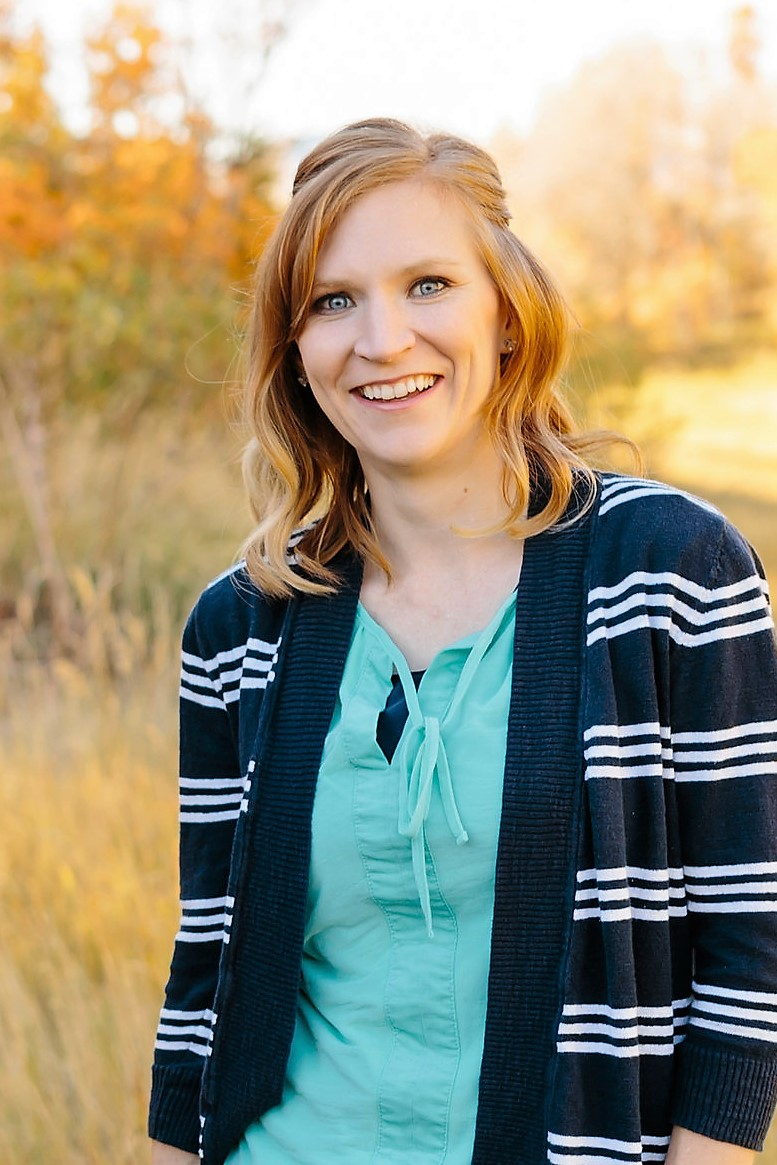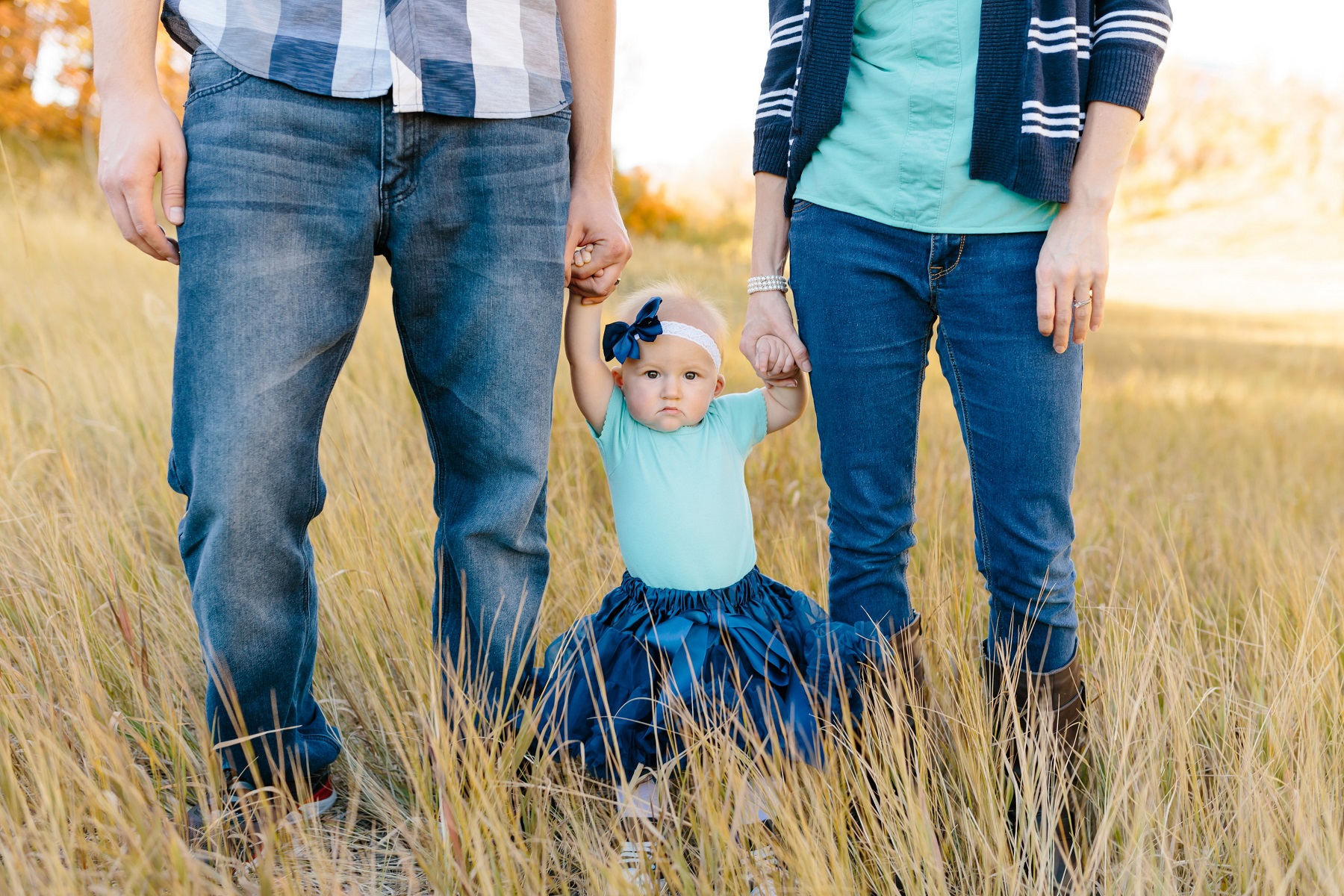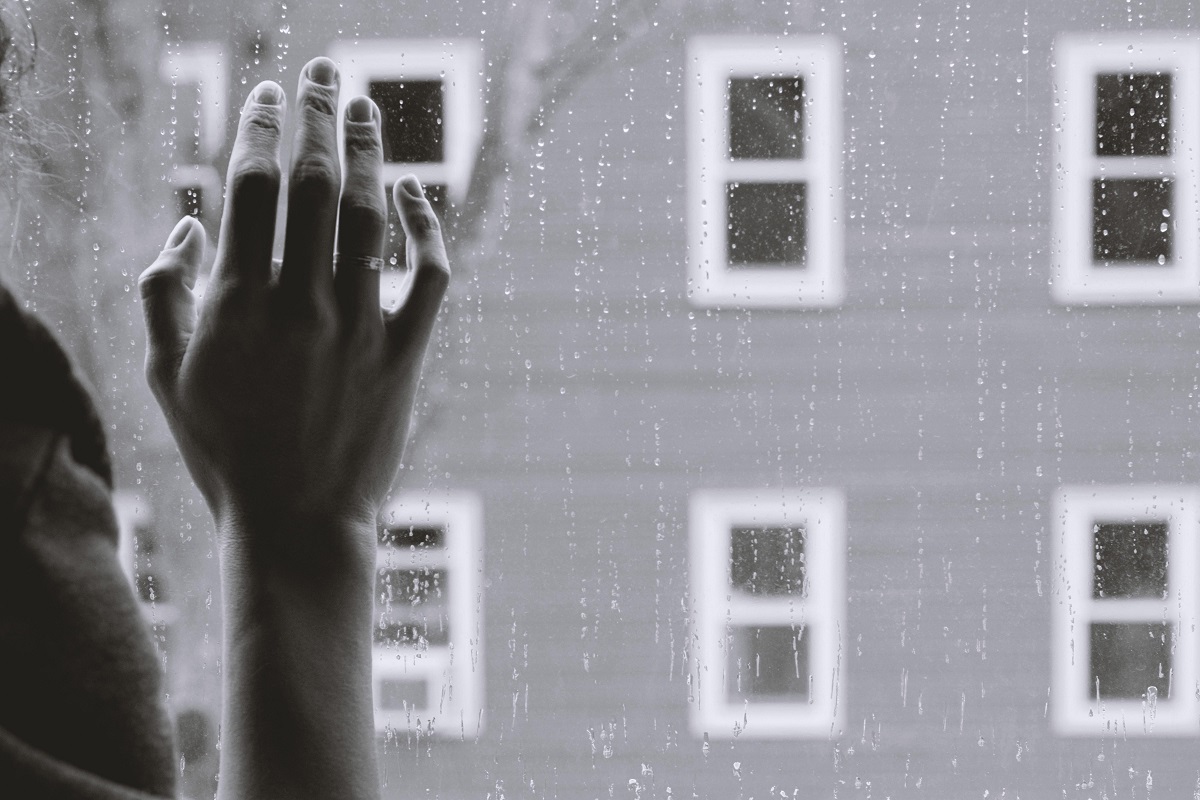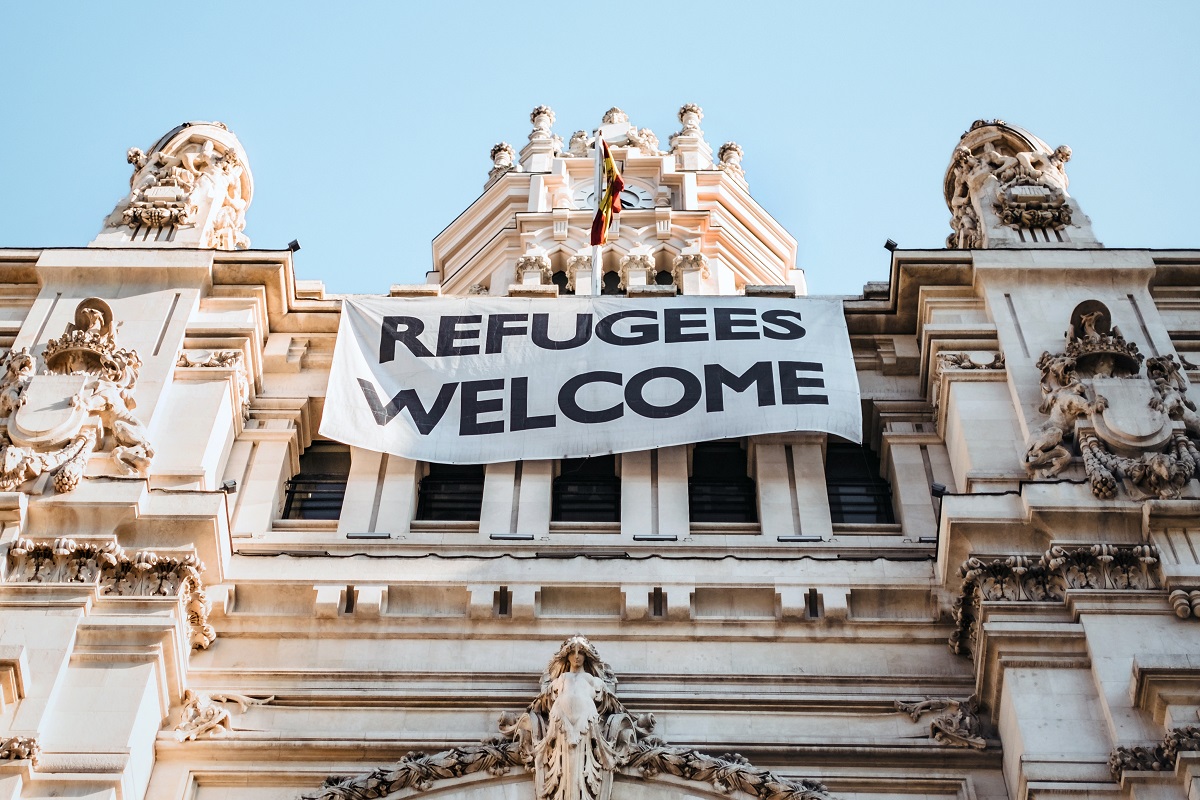How to Help Someone Who is Grieving: Connecting Through Loss
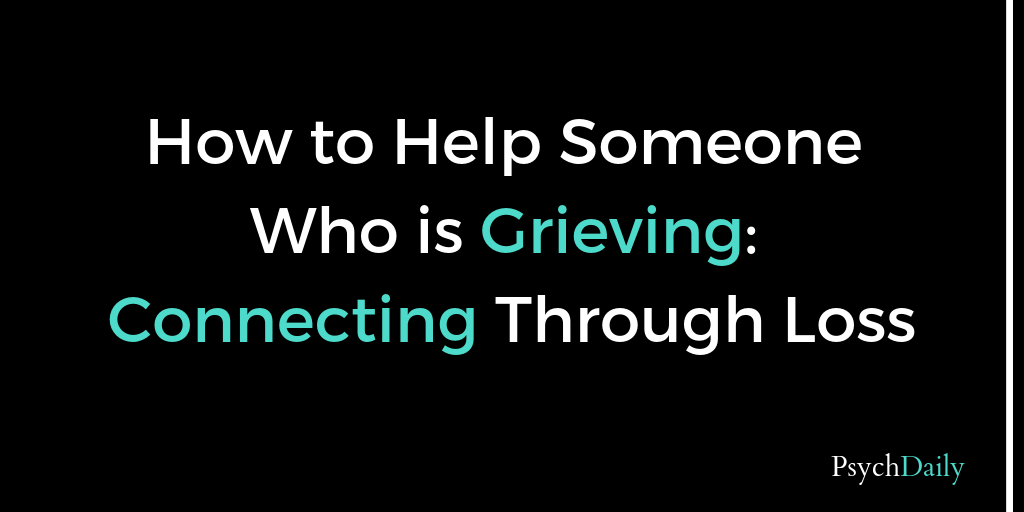
I’ve been inspired to write this post because of the book about belonging called Braving the Wilderness by Brené Brown. She discusses the idea of holding hands with strangers as a form of belonging and connectedness. This is demonstrated by her experiences amid tragedies, such as the Challenger explosion and the horrific shootings at Sandy Hook Elementary. These were times when mourning reminded communities of their shared human experiences.
Just as I was reading Brown’s suggestion that we attend funerals when we have the opportunity, I learned of an old neighbor who had experienced the loss of her newborn son hours after birth. I didn’t know this sweet mother well, but the thought of attending this infant’s funeral kept coming to my mind. I shouldn’t go, I thought. What do I have to gain from thinking of something so tragic, and how awkward for me to show up when I hardly know the family? Yet the feeling prompting me to go returned, and I went on my way.
To my surprise, my experience really was more than facing sadness. My connection to the mother increased; I found myself sharing in her joys as she described what she’d learned about her son through her pregnancy. He loved cheese. He loved hearing Dr. Suess. He loved to stick his feet by her ribs. I fell in love with the little boy I’d never meet.
I felt a greater connection to my own family. At one point, we sang a song called “Families Can be Together Forever,” my fragile composure slipping into sobbed, thinking about my own children. I hate to admit this, but in hopes to regain control of my emotions, I tried to focus on the potty-training nightmares currently happening at home. My two-year-old recently pooed on the kitchen floor, yet somehow, during the song, even that thought seemed endearing.
Leaving the funeral, I felt that sense of belonging to the human race Brené Brown describes in her book. Yes, people have polarizing differences, but all have experienced shared joy and deep pain.
I reflected on a time early in my life when this sorrow had fostered a greater connection between me and my mom and sister. I was fourteen and had just moved to a new city. I had been bitter about leaving my friends in the middle of the school year, but my parents assured my siblings and me that this was what needed to happen. I tried to put on a cheery face and look at the bright side, but for some reason, it all came crashing down the day my family and I attended our new church.
Before that point, I had always had the same neighbors and friends, the same church congregation to worship with. Now we were suddenly in an unfamiliar place with unfamiliar faces, and I felt utterly alone. Even the smell of the new church building reminded me of how isolated I was.
At first, I was angry. Why are we at this stupid place? Why did you make us move for your own selfish reasons? What about me? Did you think about what I had to leave? I sat on a bench surrounded by strange faces and fought back tears. When I could no longer handle the overwhelming loneliness, I stood up and rushed to the bathroom.
Before I could even reach the door, the tears came flowing down. I heard a noise and looked up to see my mom and sister. To my surprise, they didn’t tell me to come back to the service. They didn’t tell me I’d be ok and things were fine. They didn’t tell me that at least things weren’t worse. They put their arms around me. They shared in my sobs. The brave faces, stoic silence, and angry hearts were gone. The masks were off.
I can’t remember a more vulnerable moment in my life than as a fourteen-year-old in that church bathroom. Suddenly I was not alone in my pain. Suddenly I felt others understood my sorrow. Those basic needs of empathy and connection were met.
Donna Henes, a spiritual counselor with 35 years of experience, suggests simply listening is a way to help someone who is grieving. “The kindest thing to do is to listen, to ask questions and share memories.” This “confirms the depth of their grief and keeps the love alive.” Phrases such as: “Time heals all wounds” or “They are in a better place” are not helpful and can be extremely irritating to hear, according to Henes.
There is a time and place to “look on the bright side.” It is likely that after a loved one dies, things will get better. After moving to a new city as a teenager, I eventually made friends and enjoyed life again. But during hard times, it is ok to not be ok. It is ok to come together in shared grief and let ourselves fully process negative emotions.
I do not mean to equate my pain of moving as a teenager to the engulfing pain of losing a child. Not all loss is the same and comparing pain can be hurtful. However, I do feel my hurt and frustration from moving as a teenager did help me better empathize with others feeling similar, though varying degrees of the same emotions.
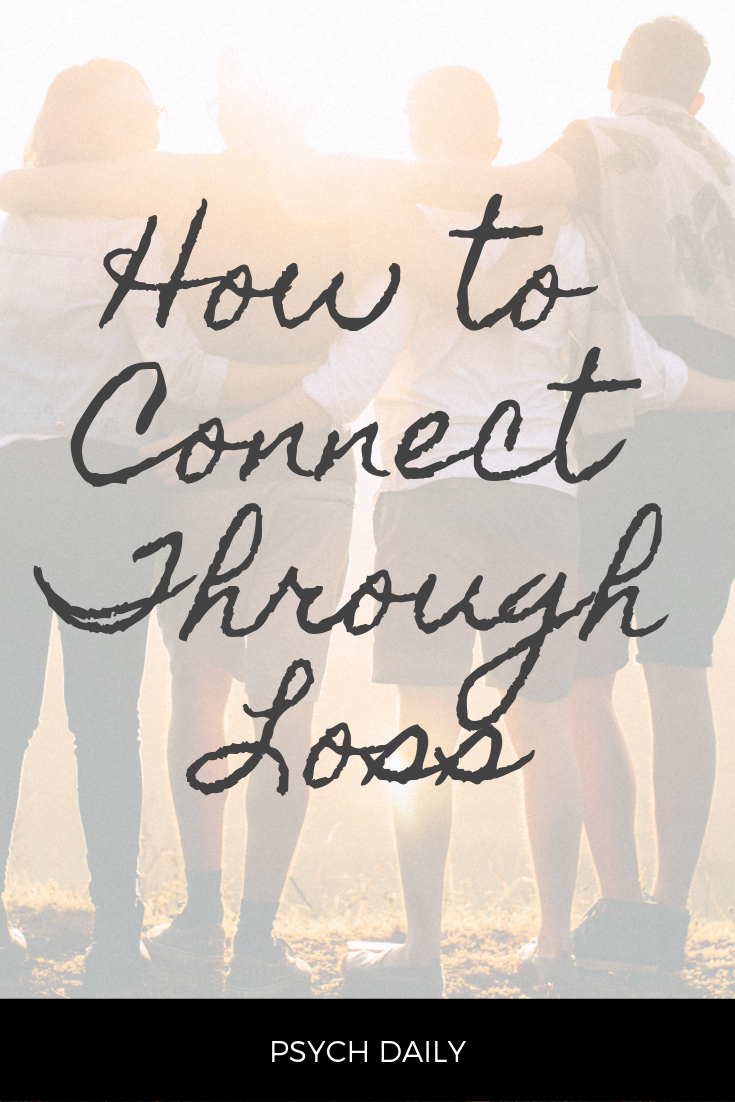
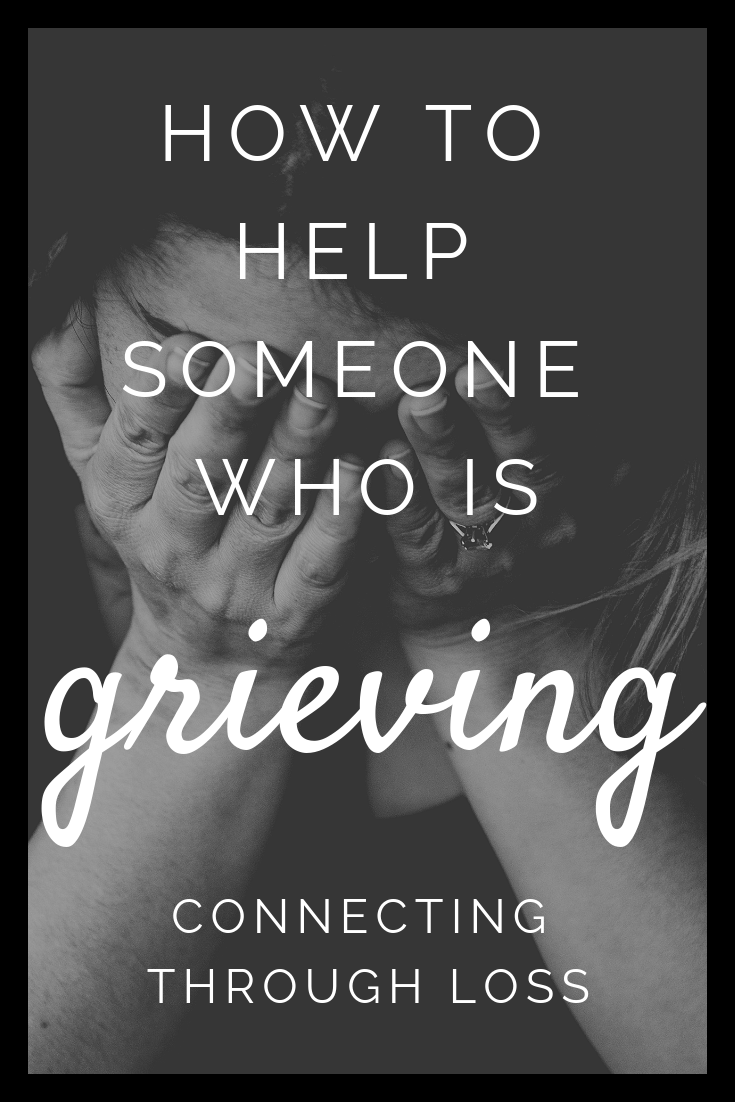
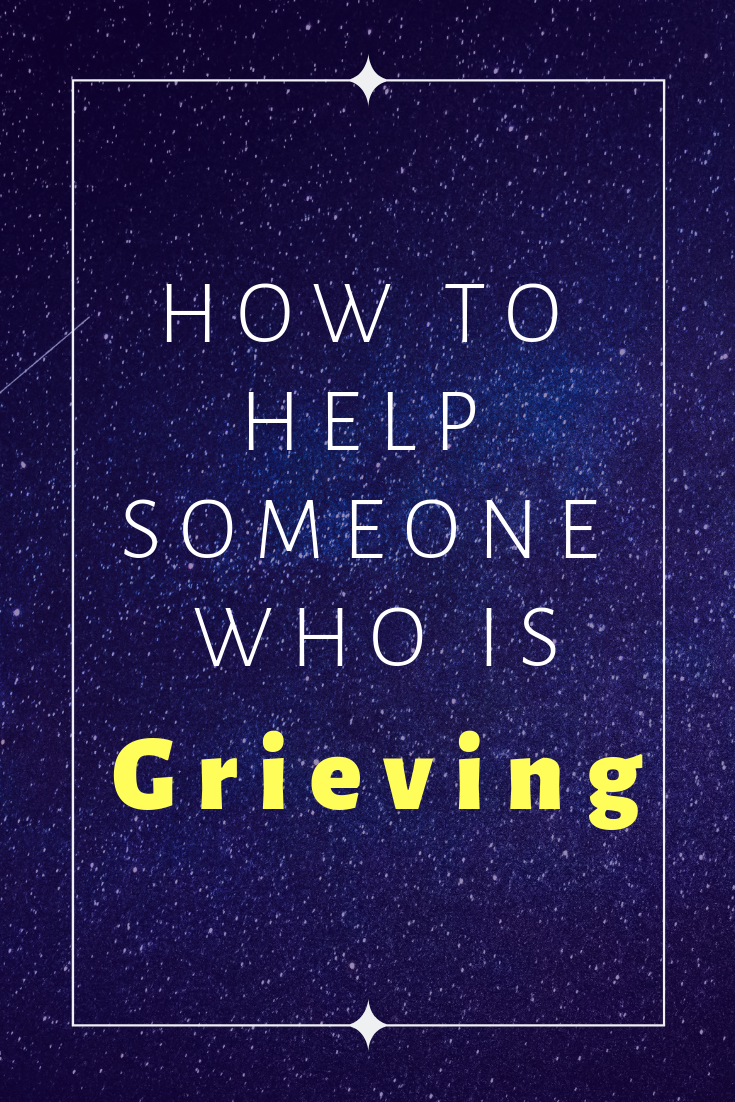
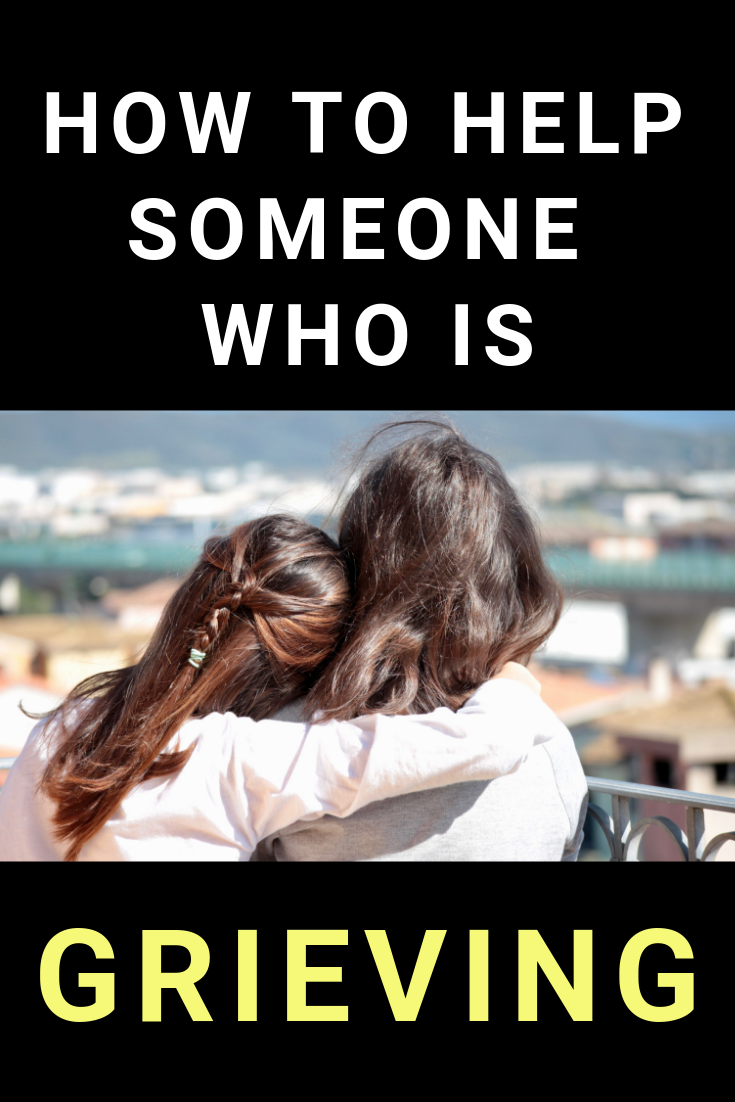
In the film Inside Out, each memory is colored according to an emotion. Gold for joy, blue for sadness. My memories of that day in the bathroom, and recently mourning a lost infant boy are hard to classify by color. Were they sad? Yes. But, oh, how much meaning these experiences hold. Shared sorrow is painful yet knowing that others feel the same pain we do leads us to that human connection. Differences shrink. Love grows.
